The Lake District poets: Romanticism & inspiration
The Lake District poets: Romanticism and inspiration for Travellers “I wandered lonely as a cloud” Did a simple daffodil usher in the Romantic era? Poet William Wordsworth and his sister Dorothy came upon a “host”…
26 Apr 18 · 9 mins read
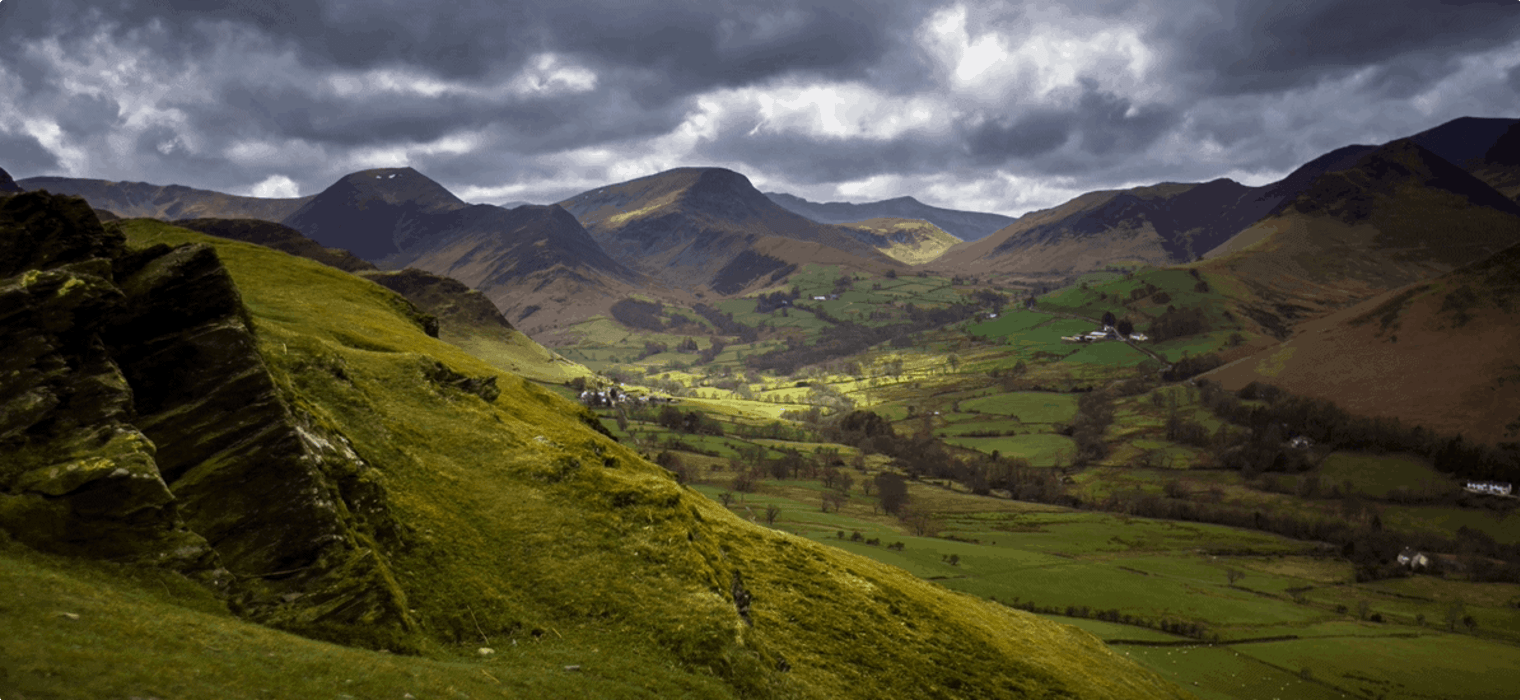
The Lake District poets: Romanticism and inspiration for Travellers
“I wandered lonely as a cloud”
Did a simple daffodil usher in the Romantic era? Poet William Wordsworth and his sister Dorothy came upon a “host” of daffodils during a walk in Ullswater, England in 1802. We know this because Dorothy described the moment in her journal,
The wind was furious… the Lake was rough… When we were in the woods beyond Gowbarrow park we saw a few daffodils close to the water side, we fancied that the lake had floated the seeds ashore and that the little colony had so sprung up… I never saw daffodils so beautiful they grew among the mossy stones about & about them, some rested their heads upon these stones as on a pillow for weariness and the rest tossed & reeled & danced & seemed as if they verily laughed with the wind that blew upon them over the Lake…

Two years later, William Wordsworth composed his most famous and beloved poem, ‘Daffodils’ (alternatively called ‘I Wandered Lonely as a Cloud’), which is held up as an emblem of the Romantic era. With its glorification of nature and emphasis on inspiration and subjectivity, some say this was the movement’s beginning.
“I wandered lonely as a cloud
That floats on high o’er vales and hills,
When all at once I saw a crowd
A host, of golden daffodils
Beside the Lake, beneath the trees,
Fluttering and dancing in the breeze…”

In fact, Romanticism was already under way with the publication of 1798’s Lyrical Ballads. This collection of poems by Wordsworth and Samuel Taylor Coleridge is widely considered to have marked the movement’s beginning. But these daffodils captured a significant moment for William and Dorothy Wordsworth. Crucially, the site of this experience was England’s Lakes District, which was to become associated with the Romantic poets thereafter.
The Industrial Revolution
Modern technology arrived in England in 1760. For some, the Industrial Revolution meant opportunity and progress. For others, it threatened a beloved way of life. Nature began to diminish with the rapid expansion of urbanization. This deeply troubled the Romantic poets, who believed in the power and beauty of nature compared with the corruptions of humanity.
Nature inspired the overflowing of feeling for the Romantics. It was a source of sublime inspiration. This effect was captured by the emotionally expressive outbursts like “Oh!” that commonly appear in these poems. At the heart of Romanticism was a staunch idealism – the belief that communion with nature could solve the world’s problems. No region better captured this idealism than England’s Lake District.
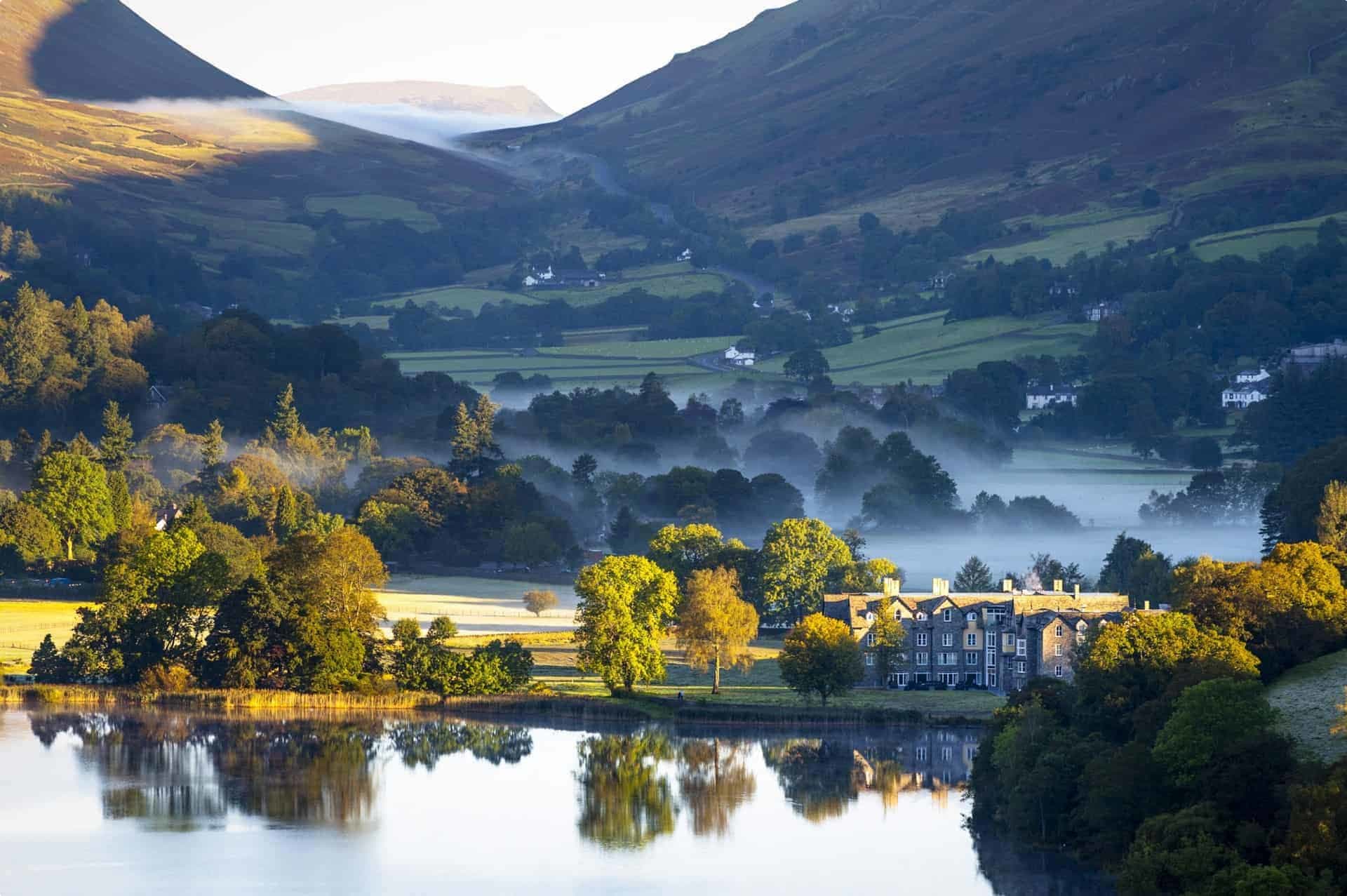
Discovering the Lake District
Nestled in the north west corner of England, the Lake District today is famed for its hill top walks and spectacular views of mountains and lakes. It is the United Kingdom’s largest National Park and contains sixteen lakes. Picturesque Lake Windermere is England’s largest natural lake. The district also features more than 150 high peaks, with four reaching beyond 3000 feet, including England’s highest mountain, Scafell Pike.
The Central Lake District is ringed by a glaciated massif of mountains and ridges intersected by wide, steep-sided U-shaped valleys often occupied by ribbon lakes. The southern Lake District fringes are typified by limestone ridges flanked by wooded slopes and lake-filled valleys. On the mountain fringes the fells give way to more muted scenery; low hills and valleys often filled by drumlin suites. The coast is a mixture of sandstone cliffs and depositional dunes, which also occur in the south along the fringes of wide, silt filled estuaries with large tidal ranges.
The Lake District is a textbook instance of glacial landforms. The landscape still bears evidence of the fact that it was formed, millions of years ago, by a series of ice flows moving out from a central core. This ancient geological process gives the region the distinctive geography that tourists enjoy exploring to this day. But of course, many are also drawn the Lake District’s place in literary history, having inspired some of the world’s most famous poems.
Dove Cottage and the Lake poets

William and Dorothy Wordsworth were born in Cockermouth, Cumberland, in the Lake District. William left in 1787 to study at the University of Cambridge, and subsequently travelled Britain and Europe for twelve years. While visiting the area on a walking tour with fellow poet and friend Coleridge, he came upon Dove Cottage at the edge of Grasmere. William was looking to find a permanent home for he and his sister, Dorothy, with whom he was very close.
Fortunately, the cottage was available to rent, so the pair took up residence here in the Lake District once more. Coleridge and another poet, Robert Southey, lived nearby in Kiswick, and the Wordsworths often walked the 16 miles to see them. At Dove Cottage, it is said the Wordsworths spent over eight years “plain living but high thinking”. The group of friends drew inspiration from nature here, producing many poems according to the ideals of Romanticism.
We now recognise them as the “Lake poets”, but this was originally a derogatory term. It was invented by critics of their work. Literary critic Francis Jeffrey reputedly called it “the School of whining and hypochondriacal poets that haunt the Lakes”. Of course, opinions have very much softened since then, and even during the lifetime of these men, they achieved considerable success. Both Southey and Wordsworth served as Poet Laureates.
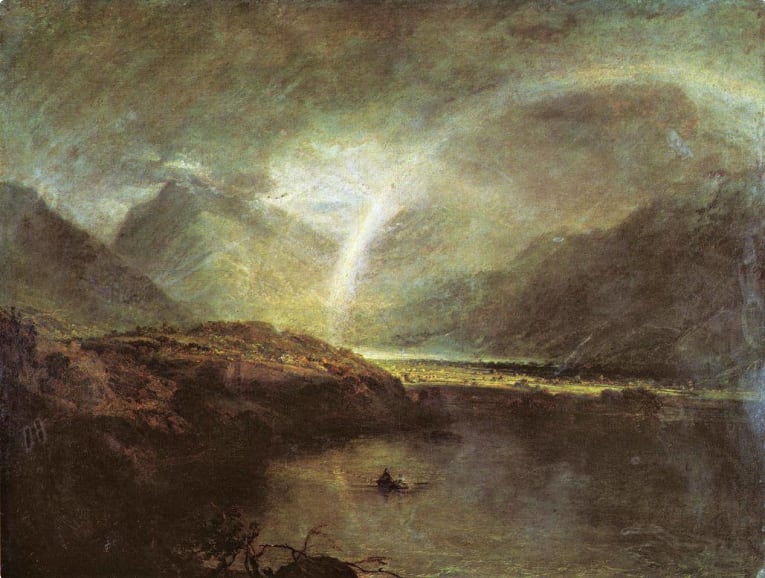
Painting and the Lake District
The Lake District did not only inspire poets. The region also appears in many paintings. Prior to the late 17th century, mountain landscapes were an unpopular subject, thought to be foreboding and unpleasant. The so-called ‘Grand Tour movement’ changed this. The practice began in the mid-17th century and continued for two centuries. It was thought to be a great way to gain a “gentleman’s education”. While touring, men were exposed to the mountainous regions usually avoided. They began to recognise their natural beauty, and conveyed this using art and the written word. In 1769, Thomas Gray recorded his travels around the Lake District in his journal. This is widely considered to be the advent of the modern travel writing genre.
John Constable and J.M.W. Turner were among painters soon drawn to the wild Lake District. In recognition of Turner’s work in the region, particularly the above Buttermere Lake, the National Park Authority made the area around Brackenthwaite Hows a national park in June 2019.
The steady flow of artists keen to capture some of its beauty continues to this day.
The arrival of the Victorian era
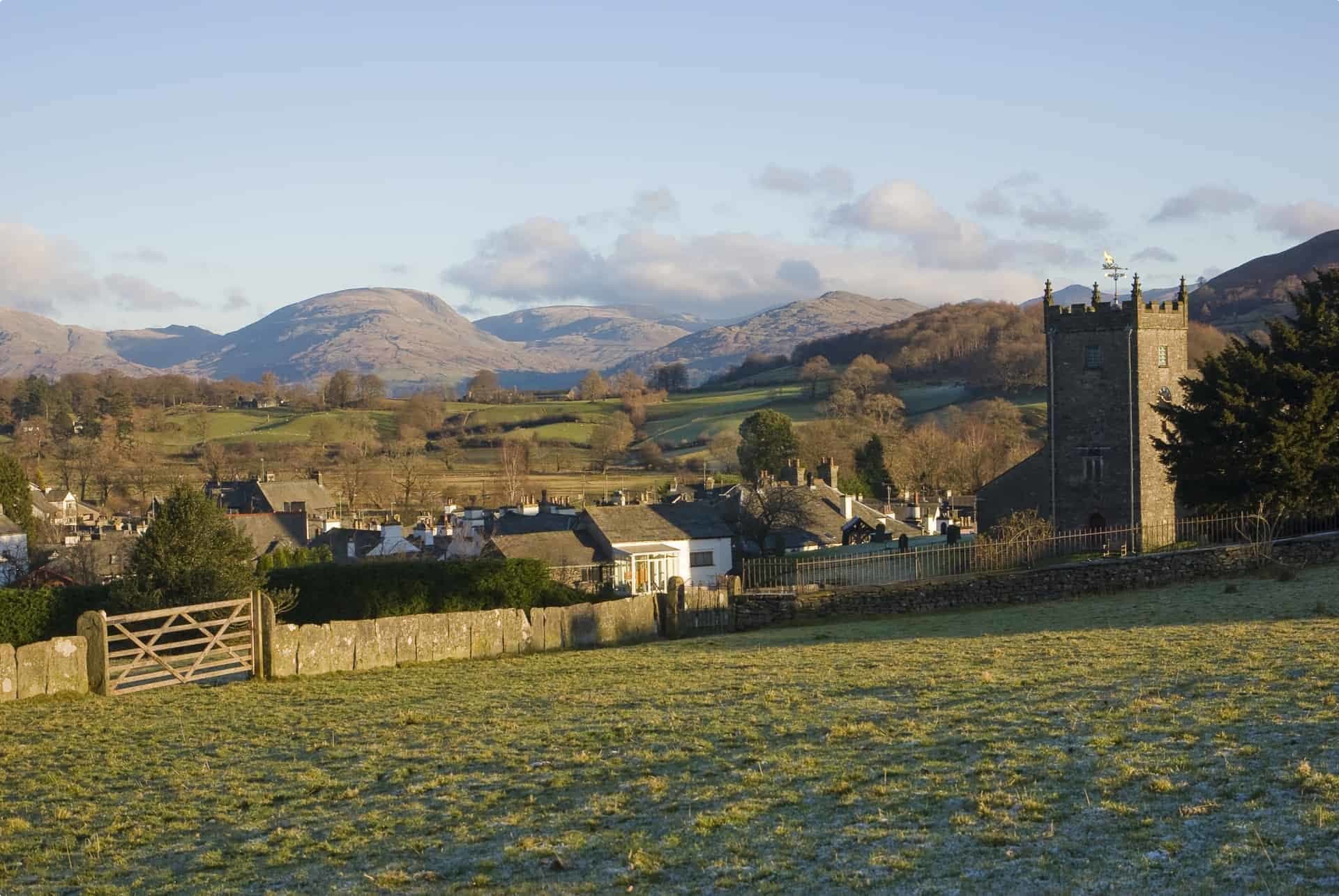
As the Romantic period gave way to the Victorian era, the central concerns of writers changed. Victorian writers were less concerned about urbanization and the decline of nature, and more interested in addressing issues of widening social class. But the abiding romance of the Lake District did not disappear, even as the focus on the sublimity of nature receded. In a 2016 book, Green Victorians, Vicky Albritton and Fredrik Albritton Jonsson suggest that the region was the heart of a group of people who tried to create a new economy, shunning the Victorian consumer society. At the centre of this movement was the art critic and patron John Ruskin, who moved into the property of Brantwood, with spectacular views of the eastern shore of Coniston Water. Brantwood is now open to visitors, displaying his personal collection of art, antiques and furniture.
Naturalism and the sciences
The Lake District continued to be associated with key figures during the Victorian age and beyond, including Beatrix Potter. Victorianism coincided with a revolution of the sciences. Charles Darwin’s theories of natural history inspired many to turn to nature as a source of education. Potter has been called a Victorian naturalist; among her popular children’s books that were inspired by the Lake District of her upbringing, she was also a great collector of fossils and small archaeological finds, mosses, lichens and superb botanical drawings. This was just another way that the wilds of the Lake District were immortalized by those who adored it.
Potter’s illustrations can be viewed at the Beatrix Potter Gallery, which occupies rooms once used by her husband William Heelis, a solicitor. The gallery is located in pretty Hawkshead, located between Coniston Water and Lake Windermere.
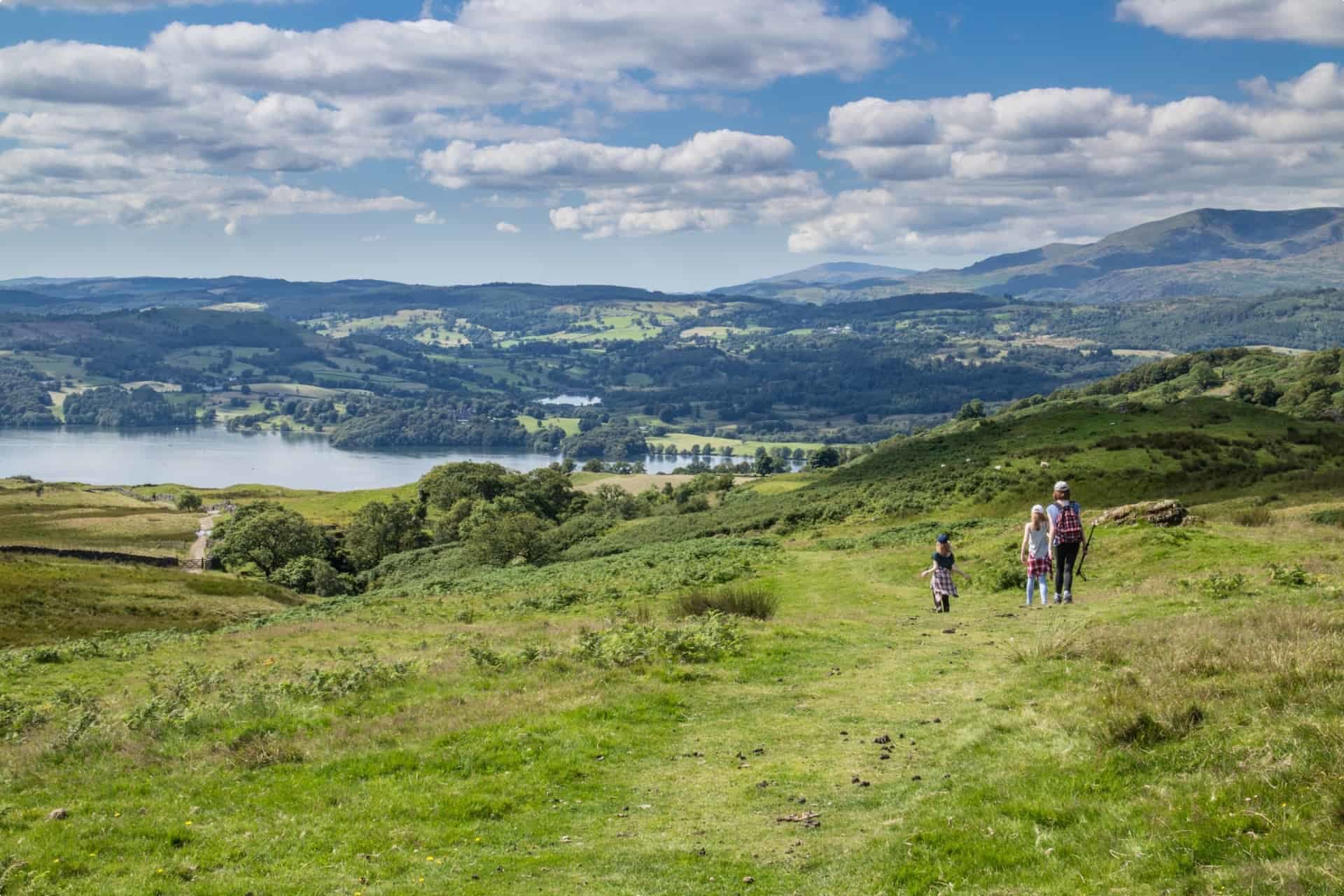
In the interwar period, the Lake District inspired another series of children’s classics – Arthur Ransome’s Swallows and Amazons. During his childhood in Leeds, Ransome and his family regularly holidayed in the Lake District, which became the basis for his stories. Swallows and Amazons follows the adventures of the Walker children, who sail a dinghy named Swallow, and the Blackett sisters, who sail a dinghy named Amazon.
Swallows and Amazons received glowing reviews upon publication. Malcolm Muggeridge wrote for the Manchester Guardian that:
Mr. Ransome has the same magical power that Lewis Carroll had of being the child in terms of himself. He never talks down; never finds it necessary to be patronising or sentimental.
Ransome’s novels have since become timeless classics, capturing the imagination of children across England.
The nearby Yorkshire Dales also have an interesting literary history. In 1926, the crime writer Agatha Christie disappeared for 11 days in a case that would have perplexed even Hercule Poirot. Following her husband’s revelation that he was in love with another woman and sought a divorce, Christie abruptly left her home in Berkshire with no word as to her destination, except that she was going to Yorkshire.
Christie’s novels were hugely popular at the time, and her disappearance captured the nation. People all around England joined the unofficial manhunt but Christie could not be found. Finally, she was found at the Swan Hydropathic Hotel in the spa town of Harrogate, in Yorkshire. Harrogate, a charming Georgian town, is just east of the Yorkshire Dales National Park, and can easily be visited on a day trip from the Lakes District.
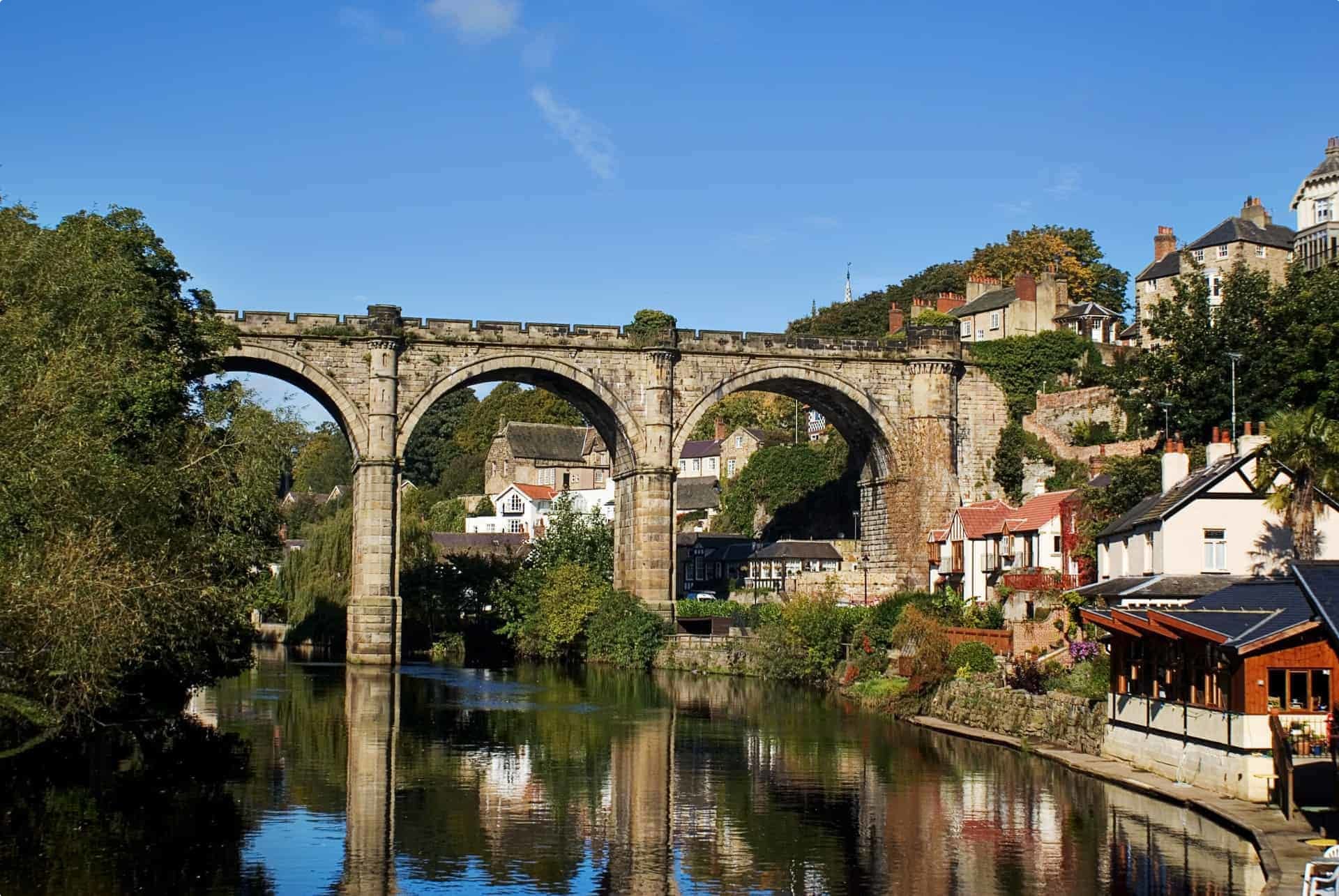
Odyssey Traveller small group tours of the Lakes District
Odyssey Traveller is a not-for-profit organisation offering comprehensive educational tour programs. We provide worldwide experiences for mature travellers who are keen to blend a love of travel with a thirst for knowledge, and we welcome participants from any country. If you are keen to wander the Lakes District, discovering the sites that inspired a whole literary movement, check out our range of specialised tours of England and the British Isles.
Perhaps you are keen to follow in the footsteps of William and Dorothy Wordsworth, and get closer to nature on a walking tour. Walking Rural Britain, small group history tour for mature travellers has a particular focus on the environment and landscape, owing to leader Dr Sandy Scott’s expertise in science and plant ecology. Our Ireland and Lake District walking small group tour for retirees includes guided walks along cliff paths of the wild Atlantic coast, as well as considerable time spent in the Lake District along with the Yorkshire Dales National Park.
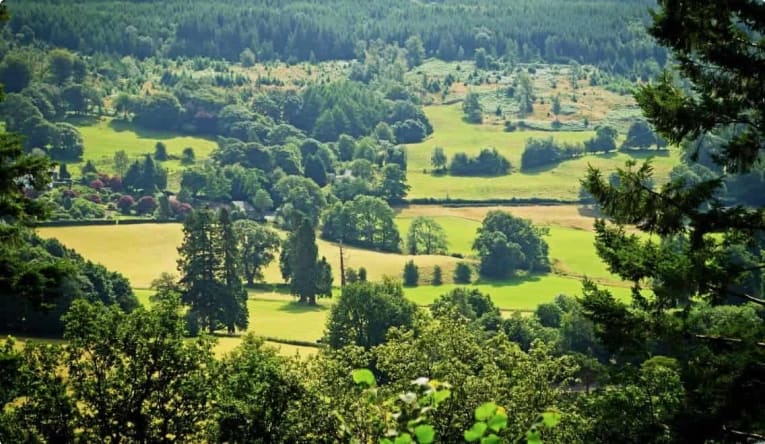
History tours of the Lake District
For something a little more leisurely, our England’s villages small group history tours for mature travellers focuses on country life. Visit castles and manor houses, museums and historic working buildings to gain a picture of England across eras. Drive through the spectacular Lake District scenery en route to Grasmere, where we will visit Dove Cottage, the Wordsworth Museum, and the churchyard of St Oswald, where several members of the Wordsworth family are buried.
Finally, if you have a passion for literature and art, we have designed a program especially for you. Discovering the art and literature of England; Jane Austen, Shakespeare traces the key sites associated with some of England’s most famous people. Visit Tinturn Abbey, which inspired both Wordsworth and Turner. You can also expect to discover more about Geoffrey Chaucer, Willliam Shakespeare, Thomas Hardy, the Brontes, Jane Austen and others.
About Odyssey Traveller

Odyssey Traveller is famous for our small groups, and we average eight participants per tour. Our maximum group size is eighteen people, which ensures quality, flexibility and care that is tailored to our clients. We specialise in small group tours for the senior traveller who is seeking adventure or is curious about the world we live in. Typically, our clients begin travelling with us from their mid 50’s onward. But be prepared to meet fellow travellers in their 80s and beyond! Both couples and solo travellers are very welcome on our tours.
Odyssey Traveller is committed to charitable activities that support the environment and cultural development of Australian and New Zealand communities. Accordingly, we are pleased to announce that since 2012, Odyssey has been awarding $10,000 Equity & Merit Cash Scholarships each year. We award scholarships on the basis of academic performance and demonstrated financial need. We award at least one scholarship per year. We’re supported through our educational travel programs, and your participation helps Odyssey achieve its goals.
For more information on Odyssey Traveller and our educational small group tours, visit our website. Alternatively, please call or send an email. We’d love to hear from you!
Related Tours
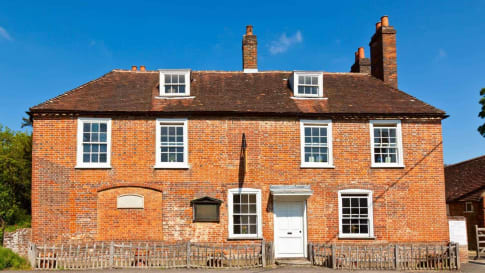
22 days
AugDiscovering the art and literature of England: Jane Austen, Shakespeare, and more
Visiting England
Stratford upon Avon, Shakespeares birthplace and Anne Hathaway's cottage as well as the Lake district a UNESCO World site and Dicken's London are part of guided tour for a small group tour of like minded people learning about the art and literature of England. Your tour leader and local guides share day tour itineraries to create a unique travel experience.
From A$17,765 AUD
View Tour
9 days
AugEdinburgh Festival Fringe Small Group Tour
Visiting Scotland
One of the few European tour companies to have in Scotland an escorted small group tour of Edinburgh during the fringe festival. As well attending performances, this trip includes time to experience, the old town, new town and the royal mile, a UNESCO world heritage site plus Edinburgh Castle and Palace of Holyroodhouse.
From A$7,215 AUD
View Tour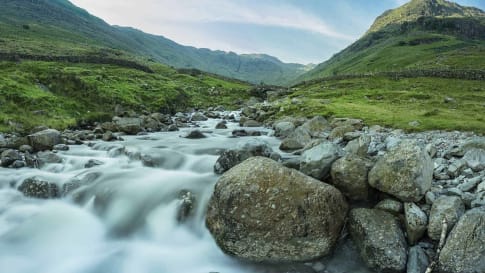
25 days
AugIreland and Lake District walking small group tour
Visiting England, Ireland
A guided small group tour for senior walkers that starts in the capital of Ireland, Dublin. This escorted tour with local guides also explores the Giant's causeway, a UNESCO World heritage site. It transfers from Ireland to Scotland to head to walk in the National park of the Lake district.
From A$14,850 AUD
View Tour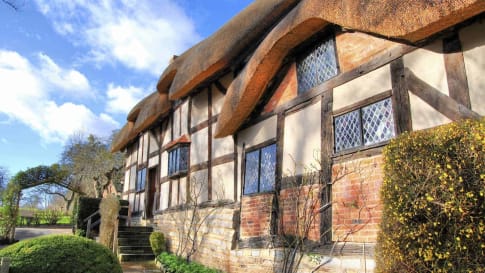
10 days
May, AprWorld of Shakespeare | Small Group Tour
Visiting England
This small group tour for mature couples and solo travellers visits Shakespeare's birthplace, Stratford upon Avon and Anne Hathaway's cottage all form part of this small group tour escorted by a tour director and local guides sharing their knowledge on this guided tour. Included are performances in London at the Globe & RSC in Shakespeare's Stratford upon Avon.
From A$8,345 AUD
View Tour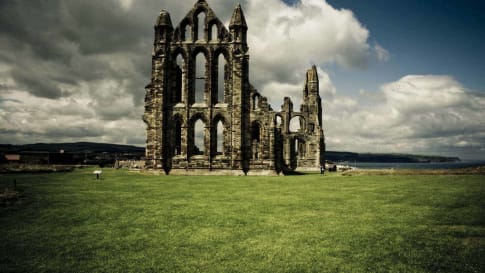
22 days
Sep, JunRural Britain | Walking Small Group Tour
Visiting England, Scotland
A walking tour into England, Scotland and Wales provides small group journeys with breathtaking scenery to destinations such as Snowdonia national park , the UNESCO world heritage site Hadrians wall and the lake district. each day tour provides authentic experiences often off the beaten path from our local guides.
From A$15,880 AUD
View Tour

